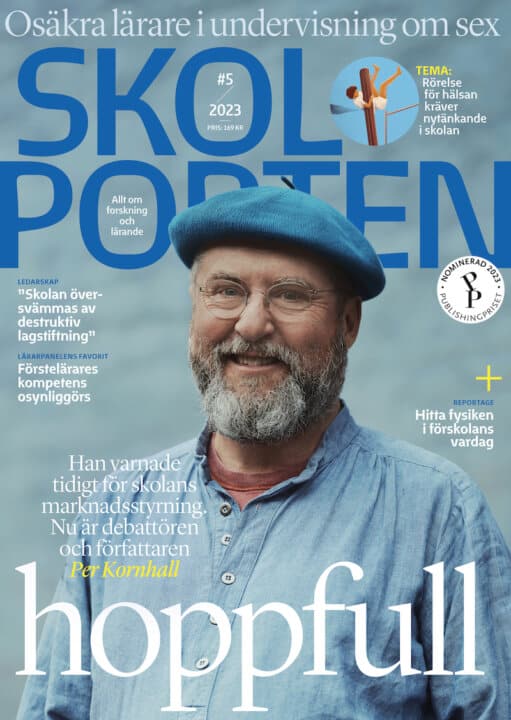Att kommunicera skolans naturvetenskap: ett genusperspektiv på elevers deltagande i gemensam och enskild kommunikation
Nina Eliasson beskriver hur pojkar och flickor deltar i kommunikation vid naturvetenskaplig undervisning i slutet av grundskolan. Resultaten visar att pojkar dominerar det gemensamma talutrymmet i jämförelse med flickor.
Nina Eliasson
Professor Karl GöranKarlsson, Mittuniversitetet Lektor Emerita HeleneSørensen, Aarhus universitet. Lektor Magnus Oskarsson, Mittuniversitetet
Docent Eva Silfver, Umeå universitet
Mittuniversitetet
2017-06-02
Att kommunicera skolans naturvetenskap: ett genusperspektiv på elevers deltagande i gemensam och enskild kommunikation
Abstract in English
Both individual and whole class communication of students are described in this thesis, which is based on a clear gender perspective. Two articles describe the participation of boys and girls in communication with the whole class, the empirical data collected consisting of videotaped lessons. The extent to which boys and girls participate in the communication is reported in the first study, and in the second the extent to which boys and girls respond to the teacher’s closed or open questions about science is presented. The third study reports boys’ and girls’ individual communication when responding to written science questions. The summary chapter ties the results together from the perspective of Positioning Theory, making the thesis a result of Mixed Methods Research.
Results show that boys participate in whole class communication more often than girls, with approximately the same level of dominance as shown in research from the early 80s. Boys also answer more questions than girls, the differences becoming apparent when teachers ask closed questions that can be answered in one or two words. In isolation, girls answer written questions to the same extent as boys, but give longer responses containing a more developed scientific language.
Results showing that boys position themselves as knowledgeable more often than girls when teachers ask closed questions, are explained from the perspective of Positioning Theory. Girls more often position themselves as knowledgeable when teachers ask open questions that require reflection. In test situations, with time for reflection, the boys and girls position themselves as knowledgeable students to the same extent.
Teachers need to be aware of the positioning attempts created by teaching, and consequently take into account that different approaches in teaching provide boys and girls with different access to the communication space.
Relaterade länkar

Företagsekonomi
 Åk 7–Vux
Åk 7–Vux Matematikångest
 Åk 4–Vux
Åk 4–Vux 






